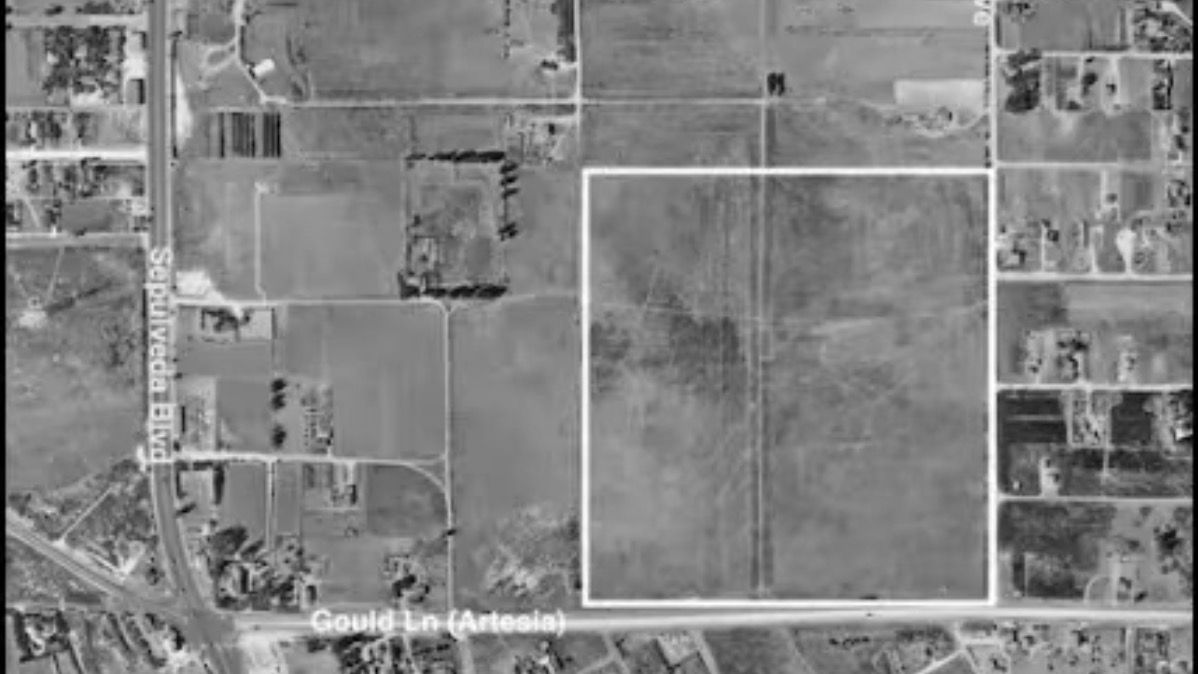MANHATTAN BEACH, Calif. — When the Manhattan Beach school board unanimously approved its newest monument, the descendants of Francis Uyematsu were all smiles.
With its vote on March 31, the Manhattan Beach Unified School District’s Board of Education honored Uyematsu, promising to fund the construction of a $4,000 monument at Manhattan Beach’s Mira Costa High School Campus.
“It’s really an honor, and I look at it as not just an honor to the Uyematsu family and grandpa, but also to a whole generation of Issei that were really important in developing agriculture in Southern California,” said Amy Uyematsu, Francis’s granddaughter. “I think to have a monument like that at the high school is just a great reminder to upcoming generations of the role that Japanese Americans have played in the history of California.”
Uyematsu, an early 20th century Japanese immigrant, had a passion for agriculture, which turned into a booming nursery business and a variety of Camelia flowers that populate what is now Descanso Gardens. His Star Nurserys had locations across Los Angeles, including the land that would one day become Manhattan Beach’s Mira Costa High School.
But his success took a stark turn when, following his family’s internment during World War II, he was forced to sell his land to keep his finances afloat.
The monument is due, in no small part, to the activism of retired Mira Costa teacher Chuck Currier, who has spent years working to tell Uyematsu’s tale.
According to Currier, Francis Uyematsu emigrated to the United States from Japan in 1903, selling flowers in Downtown Los Angeles, at the intersection of Figueroa Street and 12th Street. Before long, he purchased his first plot of land for his business, Star Nursery, in what’s now called Montebello; later purchases were made under his son’s name to buy land in Sierra Madre and Manhattan Beach, to get around California’s now-repealed Alien Land Law of 1913.
Uyematsu’s business, and his family, grew steadily over the decades — until World War II, when he and his family were interred at Manzanar War Relocation Center, a concentration camp that held captive thousands of Japanese immigrants and their American-born children. His eldest daughter, Alice, died of tuberculosis, which she suffered at Manzanar.
To stem his business’s financial bleeding, Uyematsu was increasingly forced to downsize his holdings. By 1947, two years after the war, Uyematsu sold 40 acres of land in Manhattan Beach, east of Sepulveda Boulevard, for $60,000.
The project came when Currier had a “chance encounter” with Mira Costa Principal Ben Dale, leading the two to dive deep into the school’s past.
“We should be honest about our history. When warranted, we should honor our history. And our history should also ignite important, challenging and courageous conversations,” Dale said to the school board.
The monument, and the district’s reckoning with its history, comes while Manhattan Beach at large wrestles with the city’s past record of racism. In the week after MBUSD approved this monument, Manhattan Beach’s city council declined to offer a formal apology for the city’s racially motivated use of eminent domain to force Black families out of homes and businesses in the 1920s. And days after that, Los Angeles County Supervisor Janice Hahn announced a plan to return part of that land, controlled by LA County, to the descendants of one of those Black families.
During the council’s April 6 meeting, Mayor Suzanne Hadley brought up the Uyematsu family and their plight — though she did so to compare the collective outrage raised over both issues, stating that to her knowledge, the school district had not reached out to the Uyematsu family.
“I had an Asian friend text me during this council meeting, when I said I’m going to speak about the Uyematsus,” Hadley said during the meeting. “And she said, well, I guess they weren’t colored enough. And she’s Asian. And that hurts my heart that our Asian friends know that they were not even allowed to purchase land in the '30s. So again, man’s inhumanity to man.”
MBUSD school board member Jason Boxer first heard of the Uyematsu family’s story as a junior at Mira Costa High School, and learned more last year while running for the school district seat.
“The most important thing it provided me with was the complicated nature of a community’s responsibility to carry the wrongs of its past, to be aware of its wrongs of its past” and, in the case of schools, to teach students about those wrongdoings, Boxer said.
The school district has not formally discussed adding the story of the Uyematsu family to its curriculum, but Boxer hopes to see MBUSD establish an ethnic studies program that includes their history.



